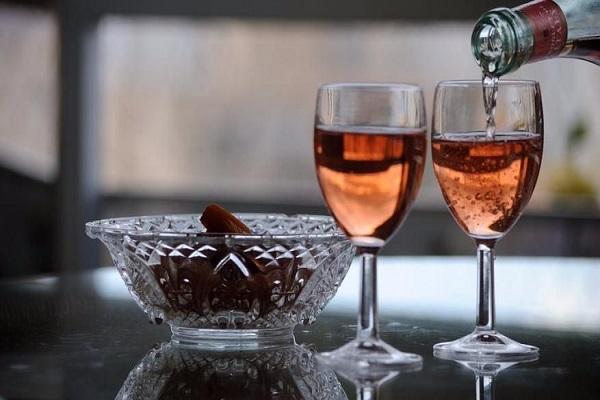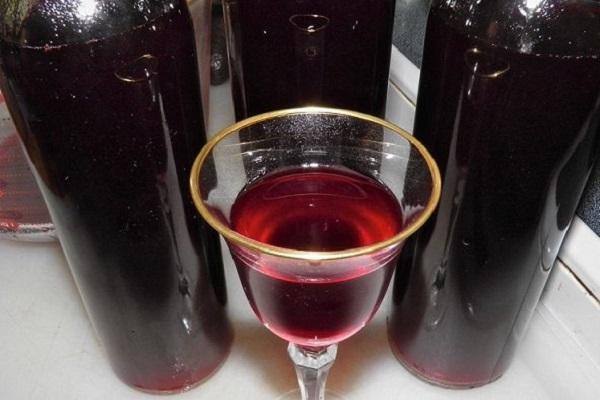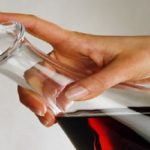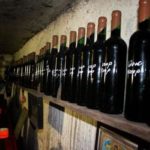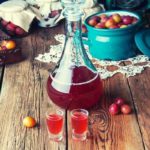In the process of preparing a drink, novice winemakers are faced with many negative factors that lead to spoilage of the drink. It’s especially disappointing when everything seems to be done correctly, but during storage the workpiece simply begins to turn sour.
Therefore, the winemaker must know the reasons why homemade wine begins to carbonate, and also be able to prevent or correct such a situation.
Why does wine carbonate?
The reasons that the finished wine ended up looking like sour champagne, with gases, lie in the following:
- The preparation simply did not ferment.It may seem to a novice winemaker that the fermentation process is complete and the wine is completely ready. As a result, the bottles were capped and stored. But in fact, a process called “quiet fermentation” was still going on there. Before closing the bottles with corks, you need to make sure that the wine has clarified - this means that the processing process is complete.
- The final product is poorly filtered. As a result, the sediment with the still working yeast ends up in the bottles, and the process continues there.
- Violation of storage conditions. The temperature regime may have been violated - the drink should be stored in a cool place.
- The preparation is heavily diluted with water at the beginning of preparation. As a result, the drink turned out to have low levels of acid and sugar, and these are conditions for the development of bacteria and mold.
- When stored in bottles or other containers, a layer of air has formed between the drink and the cork, which also leads to the onset of fermentation.
- The use of low-quality raw materials (fruits that have fallen to the ground, spoiled and rotten, as well as fruits that have lain for a long time).
- Problems with the water seal. As a result, air bubbles do not escape, but accumulate in the workpiece.
What to do if homemade wine is carbonated
Young wine is susceptible to negative factors that lead to its spoilage, and therefore requires increased attention. Control and compliance with technology must be at all stages of production. Otherwise, it's easy to end up with spoiled, carbonated wine.
But there are ways to help fix this:
- adding a new portion of juice with yeast to begin re-fermentation of the drink;
- “improvement” of the workpiece. To do this, the souring drink is mixed with good, “healthy” wine;
- filtration through a layer of dense fabric;
- distillation of fermenting wort into alcohol;
- pasteurization in a water bath for 20 minutes at a temperature not exceeding +70 C degrees. But such a drink, saved from souring, must be consumed immediately.
How to prevent the problem from occurring?
Winemakers (especially beginners) often encounter this problem. Homemade wine can be affected by various bacteria and mold, which leads to souring of the product. Violation of the ratio of ingredients and recipe requirements will also lead to spoilage of the drink.
To prevent this from happening, it is imperative to follow proven cooking technology and carry out preventive measures:
- before starting cooking, you need to thoroughly wash, or better yet, pasteurize all the utensils and containers used;
- be sure to maintain the ratio of juice, water and sugar - the wort should not become too liquefied;
- exclude direct contact of the workpiece with air, minimize the air gap between the wine and the cork;
- observe the temperature regime during storage and fermentation of the drink;
- Store the drink only in rooms with suitable conditions (dry, dark and cool). The ideal temperature is +13 C degrees;
- strain the product well, avoiding sediment getting into the bottles;
- Be sure to use a gas outlet tube during the fermentation stage of the wort.

